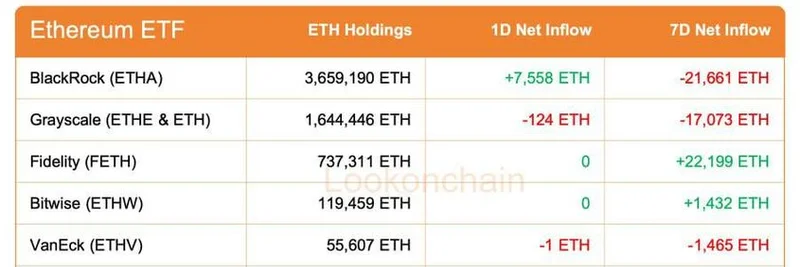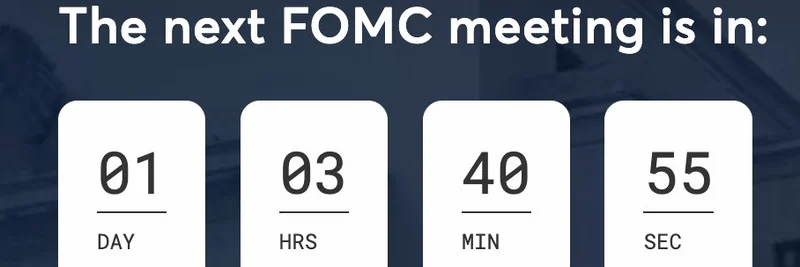Hey there, crypto enthusiasts! If you've been keeping an eye on the latest buzz on X, you might have stumbled across an intriguing take from Hari (@_hrkrshnn). In a recent post on July 6, 2025, Hari dropped a thought-provoking statement: “Crypto often obsesses over mechanism design when, in some cases, the focus should instead be on product and engineering.” Paired with a stunning image of an astronaut navigating a futuristic cityscape, this tweet has sparked some interesting conversations. Let’s dive into what this means for the crypto world and why this shift in focus could be a game-changer.
What’s Mechanism Design, Anyway?
For those new to the term, mechanism design is like the blueprint for how crypto systems (think blockchain protocols or token economies) are structured to incentivize certain behaviors. It’s the brainy stuff—rooted in economics and game theory—that ensures miners, validators, or users act in ways that keep the network secure and fair. Projects like Ethereum have leaned heavily into this, using mechanism design to tackle issues like centralization in mining power.
But here’s the catch: while mechanism design is crucial, Hari suggests it might be getting too much attention. Imagine spending all your time perfecting the rules of a game but forgetting to make the game fun or usable. That’s where product and engineering come in—focusing on creating user-friendly experiences and building robust, scalable tech.
The Case for Product and Engineering
So, why the pivot? Crypto has evolved from a niche experiment to a global phenomenon. Today, it’s not just about securing a network—it’s about delivering value to users. A sleek wallet app, a seamless DeFi platform, or an intuitive NFT marketplace can attract more people than the most elegant mechanism design ever could. Engineering ensures these products work smoothly, handle high traffic, and stay secure in the real world.
Hari’s tweet aligns with a broader trend. Take supply chain management on blockchain, for instance—success there hinges on practical implementation, not just theoretical design. The same goes for meme tokens, which thrive on community engagement and clever marketing—areas where product innovation shines.
The Futuristic Vision
That eye-catching image of an astronaut in a cyberpunk city? It’s a perfect metaphor. Crypto is exploring uncharted territory, and pioneers need more than theoretical frameworks—they need tools to navigate and build. As AI accelerates software development (a point Hari touched on in another post), engineering prowess will separate the winners from the laggards. Founders who code and iterate will outpace those relying solely on academic designs.
What This Means for Meme Tokens
At Meme Insider, we’re all about the latest in meme token trends. This shift could mean big things for projects like Dogecoin or Shiba Inu. Instead of obsessing over tokenomics tweaks, teams might focus on killer apps or community-driven features. Imagine a meme token with a gamified staking interface—engineering that could skyrocket its adoption!
Final Thoughts
Hari’s insight is a wake-up call for the crypto space. While mechanism design lays the foundation, product and engineering build the house people want to live in. As we move into 2025, keeping an eye on these practical aspects could be the key to unlocking crypto’s full potential. What do you think—should the industry pivot? Drop your thoughts in the comments, and let’s keep the conversation going!




